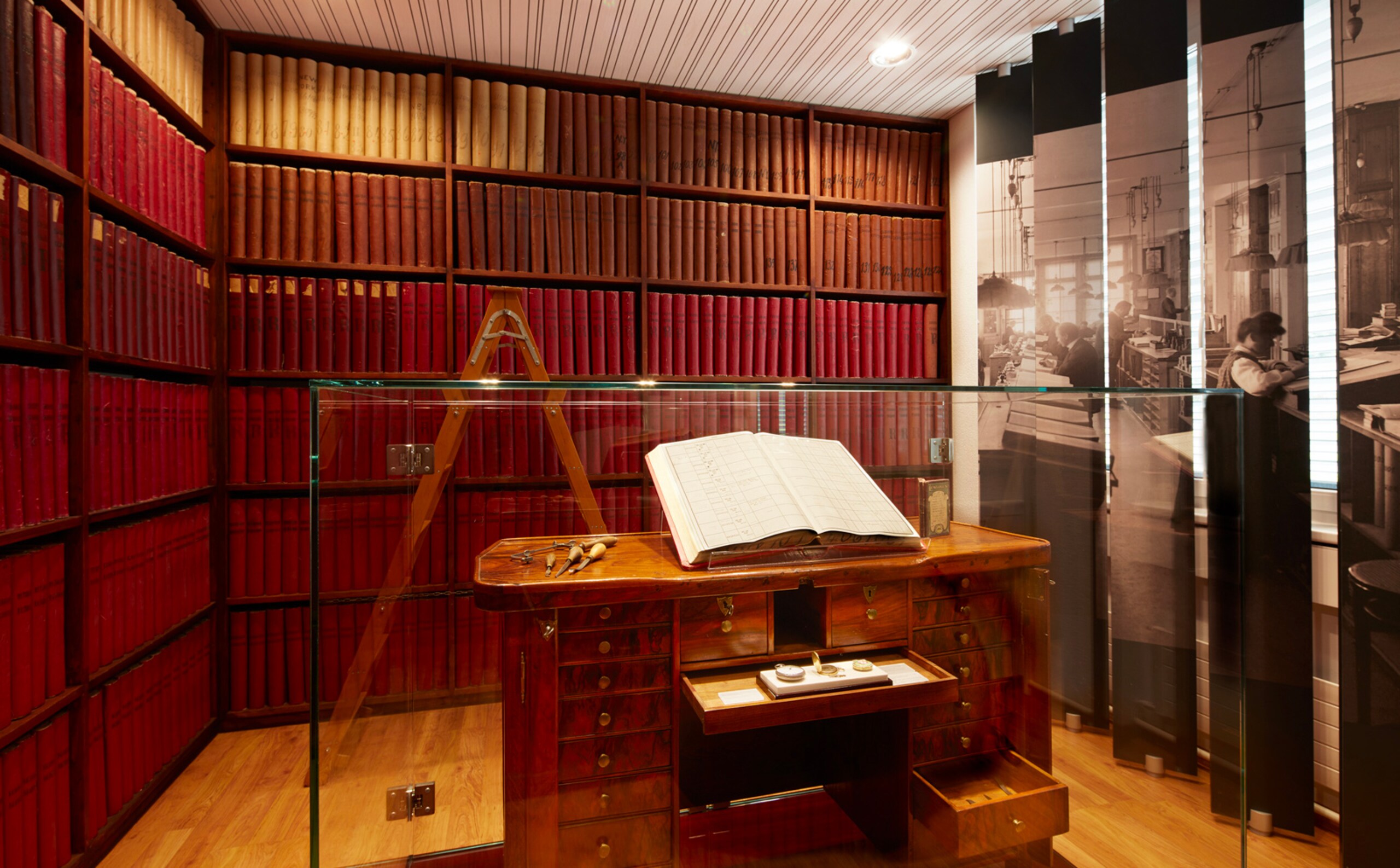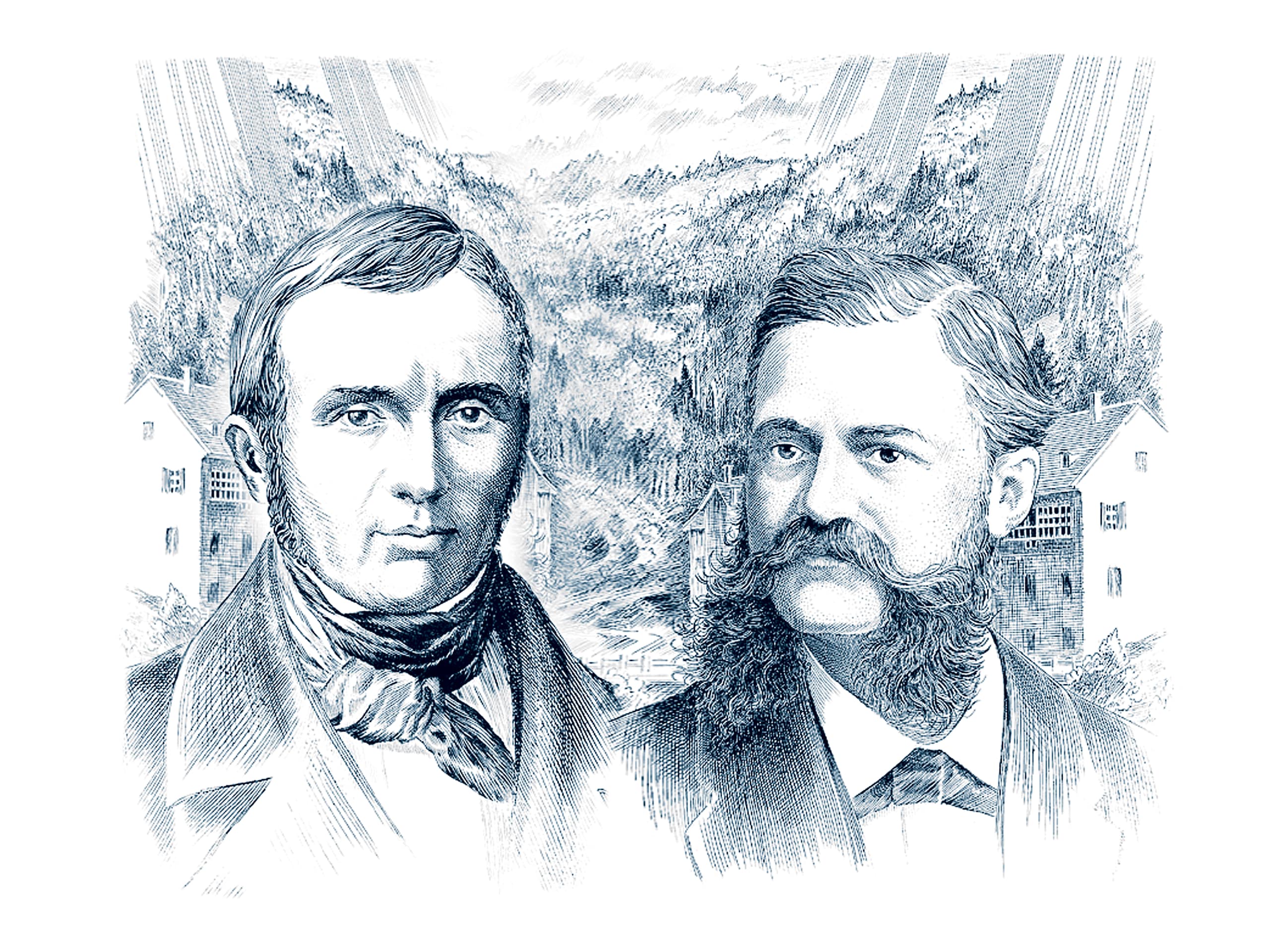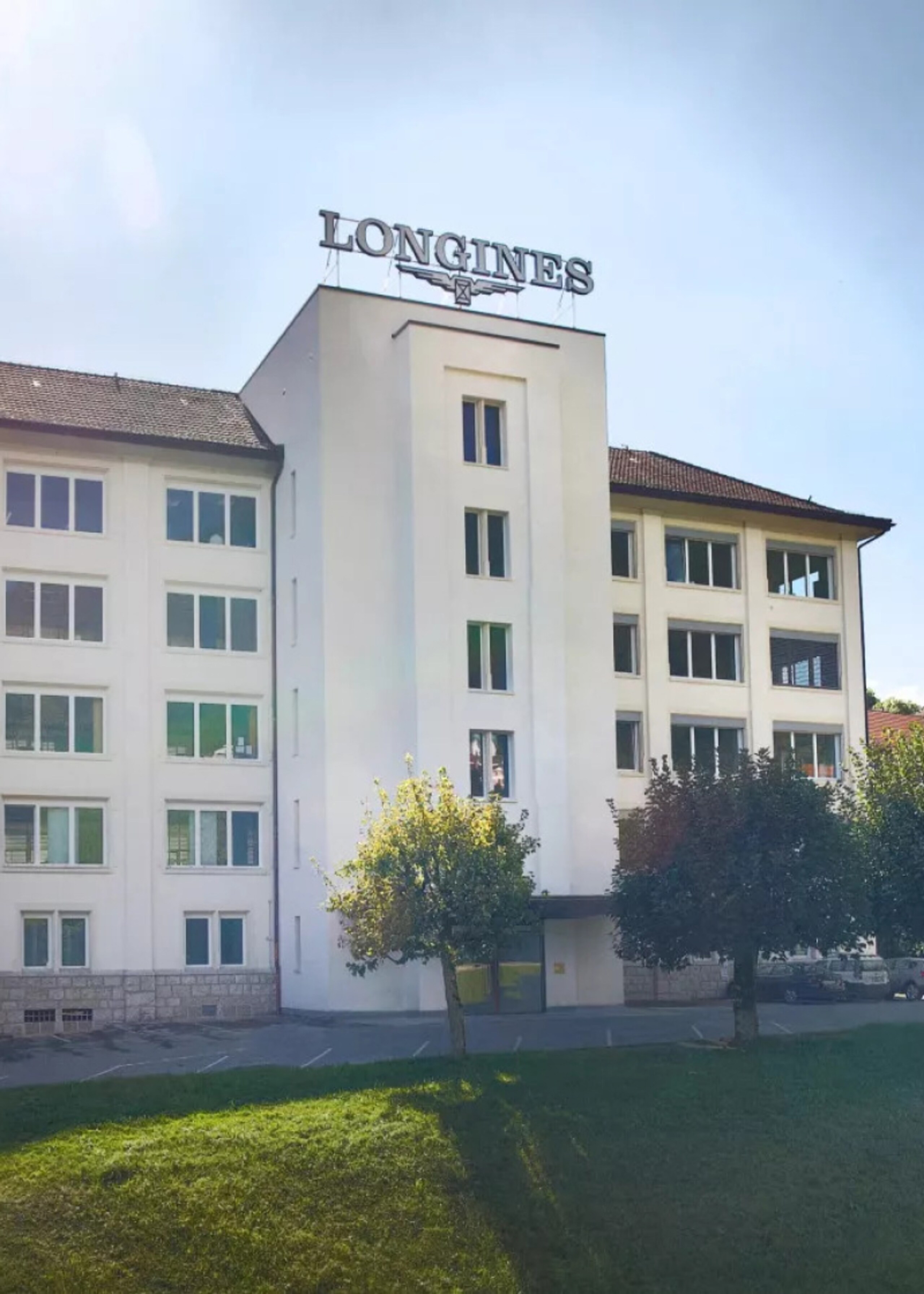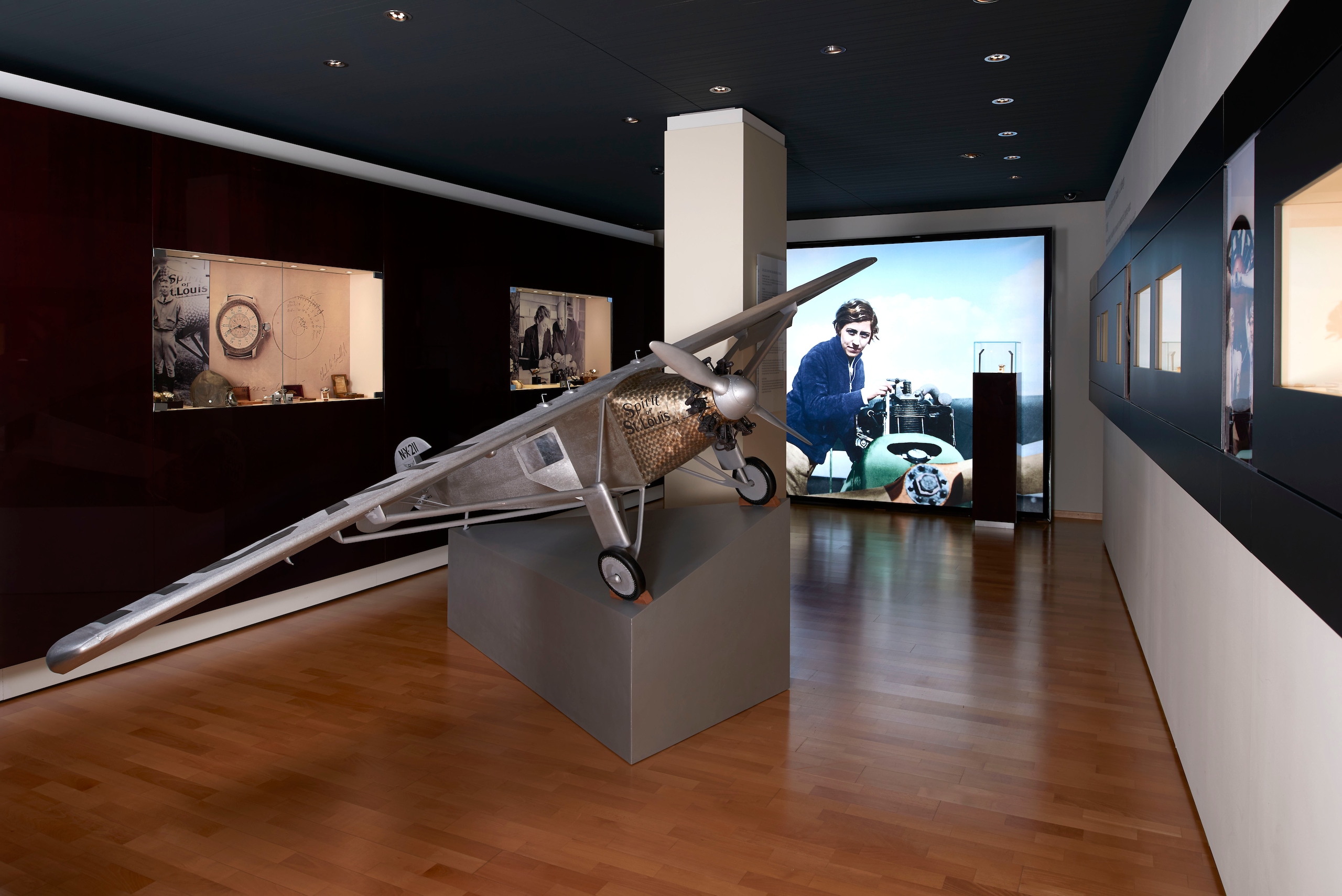The Longines Museum
Les Longines 8
Ch-2610 St-Imier
Phone: +41 32 9 425 425
Fax: +41 32 9 425 429
Monday to Friday: 9:00 - 12:00 / 13:30 - 17:00
Closed on bank holidays.
Unfortunately, we do not have the infrastructure to accommodate pets.
Guided tours in French, German or English.
Reservation required.

The history of the Longines brand started in 1832 in Saint-Imier, when Auguste Agassiz founded his watchmakers’ concern. In this type of establishment, known as a comptoir d’établissage, peasants made the watches at home, and Agassiz would then finish the assembly and sell them. But the firm already had an international reach at the time, selling watches in as far flung places as the United States of America.
Ernest Francillon, Auguste Agassiz’s nephew, settled in Saint-Imier in 1854. He would soon take over the reins of the family business and apply his visionary spirit to allow the firm, which already had many a commercial success to its name, to become a pioneer in the watchmaking business.

It was he who in 1867 inaugurated the first factory that brought all the procedures necessary to make timepieces, together under one roof. It was also he who chose the winged hourglass logo to be engraved on all of the factory’s products. And finally, it was he who gave the manufactured watches the name of the place where the building stood.
The brand of Longines - which means “long meadows” in the local dialect - was born.

The Longines buildings, situated below the centre of the actual town of Saint-Imier, developed along with the growing company. Today, they house the headquarters of the Compagnie des Montres Longines Francillon S.A., its workshops, and a museum that traces the rich history of the business.

Renovated and restructured in 2012, the museum harbours collections that represent all facets of the brand’s past. Visitors can come and discover the main watch models, navigation instruments, timekeeping instruments, and a variety of unique documents such as photographs, posters, films, medals and archive records.
Watchmaking tradition, innovation, adventure, sport and elegance. These have been and remain the values of the brand, and the structure of the museum accurately portrays these descriptions. The tradition and skill of the watchmaker take centre stage in the visitors’ reception area. The very history of watchmaking has been marked by the firm’s technological inventions and entrepreneurial strategy.
Emblematic watches and archives evoke all the milestones that have been laid down by the brand, telling the story of Longines’s past and present activities. Timepieces sporting the winged hourglass have also, through their reliability, precision, solidity and innovative technologies, contributed to the success of many achievements.

They have accompanied exploration missions to unknown parts of the globe, withstood extreme weather conditions, participated in the opening of new airways and the setting of new aviation records, and navigated on raging seas. One room is therefore dedicated to the theme of adventure.
Longines is also inseparable from the world of sport, for which it has been developing technologies to measure time with consistently greater precision since 1878. Already in the last quarter of the 19th century, the firm produced its first stopwatches to measure sportsmen’s performance in various competitions.
These were followed by many models for private or professional use that would feature in almost every kind of sport around the planet. They are displayed in a special area.
“Elegance is an attitude”
Longines’ communication slogan since 1999 expresses the brand’s philosophy. Elegance is much more than outward appearance; it must show in all aspects of a deed or a personality. One room therefore shows how the Longines message has been portrayed in advertisements from all ages, as well as in models with a particularly refined design. Some of them have won style awards, or include noble materials. These are the stories, among many others, that you will discover in this museum, witness to one of the greatest legends of Swiss watchmaking, but also to an industrial and regional heritage that is as rich as it is fascinating.
